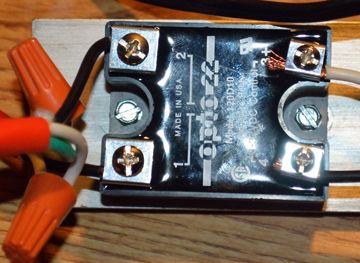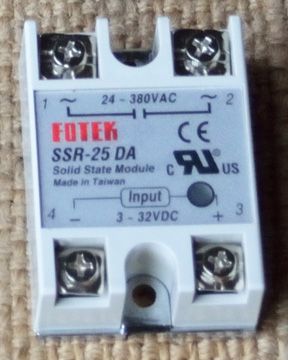Originally posted by Asad Farooqui
View Post
BTW, I intend to leak test my rig in 2 steps.
First with water at triple the operating pressure. This will show major weaknesses in welds and joints without the danger of explosion as water does not compress.
Second with steam at double operating pressure. This will show leaks due to thermal expansion of the joints without the risk of catastrophic failure of the materials.
Now do you guys think the a system proven rouged at pressures will also be leak proof ?
I think I will also test the system under reasonably high vacuum to make sure it is safe.



 also we now have 1.5 feet of snow
also we now have 1.5 feet of snow My Outaouais friend. I'm about 1 hours drive from you. You peeked my curiosity with the spiral radiant heat tube. Can you elaborate ?
My Outaouais friend. I'm about 1 hours drive from you. You peeked my curiosity with the spiral radiant heat tube. Can you elaborate ?





Comment